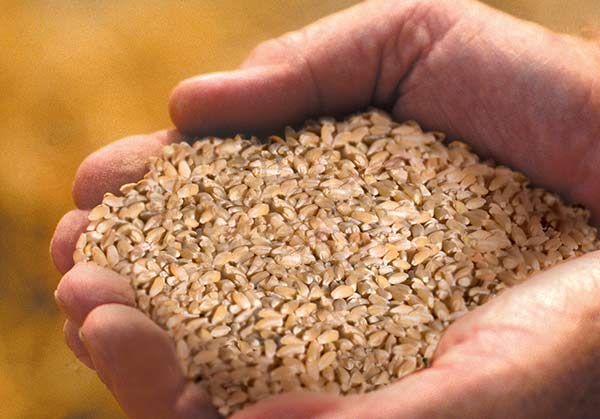Mezzi Ditali Rigati n° 159
Mezzi Ditali Rigati (ridged half thimbles) are a smaller variation of the classic Ditali Rigati and are part of the very short, straight cut pasta family from the Campania region.
The shape of this pasta is inspired by the sewing thimble, but is open at the top as well. The chunky shape and ridges of Mezzi Ditali Rigati makes it very versatile for pasta dishes with tomato or in soups and vegetable broths.
Mezzi Ditali Rigati are especially suited to preparing pasta dishes with a variety of sauces ranging from meat to fish and from vegetables to pulses. The secret of a perfect recipe is that the sauces have a sufficiently liquid consistency so they penetrate inside the pasta.
This pasta is also just as good for preparing broths and soups with vegetables or pulses.
Available in 500g pack.s
- Cooking time: 12 min - Al dente: 10 min

Our method
Fedelini n° 10





